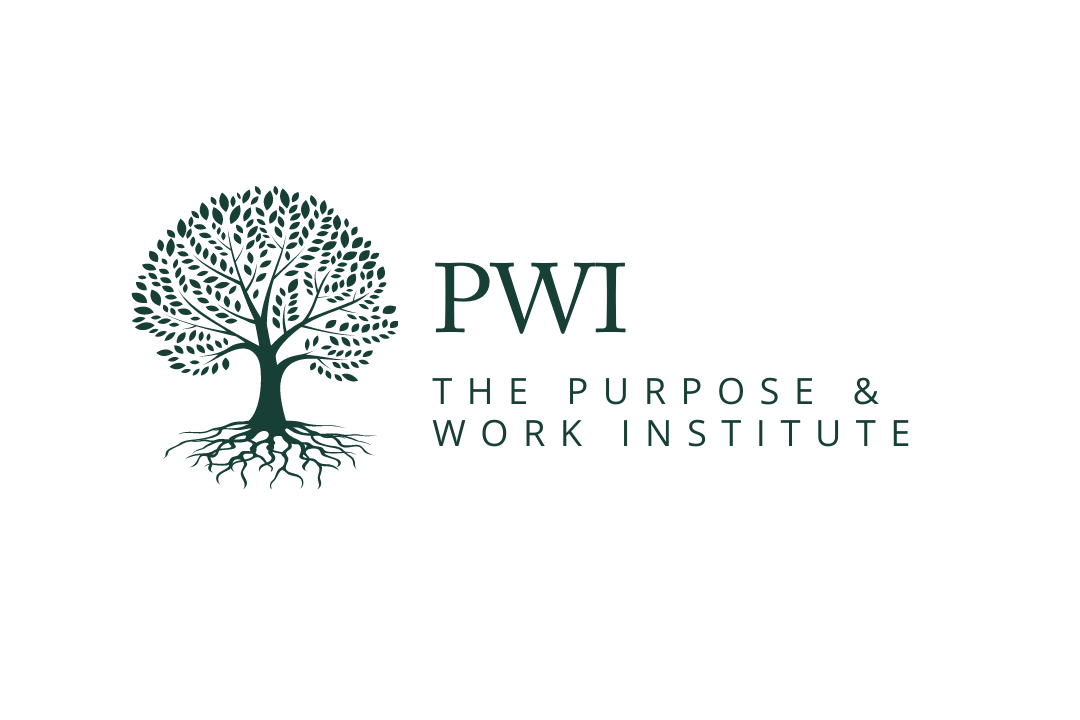The Antidote to Quiet Quitting: How to Create a Workplace Environment Where People Actually Want to Work
Choosing not to work for hours on end without being acknowledged or fairly compensated for your hard work. Saying no to extra tasks that are misaligned with your work and personal goals. Setting boundaries with your toxic, overbearing manager. Taking more time to rest, spend time with your loved ones, or pursue what matters. These are just some examples of what has now been recently defined as "quiet quitting."
The term "quiet quitting" has been trending on TikTok after user @zaidleppelin shared his thoughts on quiet quitting. He described the phenomenon as when one doesn't outright quit their job but quit going above and beyond, choosing to stick to their duties and unsubscribing from the hustle culture mentality that says work has to be one's whole life.
There have been many takes on quiet quitting and its origins. While some attribute this movement to the "lack of professionalism" or "laziness" demonstrated by Generation Z, others believe it was a term created by corporate companies to exploit and shame employees for not meeting their work demands. Some attribute it to a movement on par with the Great Resignation that protests hustle culture. Regardless of its origins, "quiet quitting" isn't new.
While the terminology may be new, this phenomenon has been well-researched for years as what social and behavioral scientists call disengagement. Developed by organizational psychologist William Kahn, the framework states that disengagement is characteristic of a lack of commitment or detachment from the execution of work when the bare minimum required is given to get by.
Disengagement manifests itself cognitively, emotionally, and physically within one's work role performance. Often disengagement is not a result of an employee's motivation or work ethic but a result of the psychological conditions created by the work environment. Through Kahn's ground-breaking research, Kahn discovered three psychological conditions that contribute to people's experiences and shape their behaviors regarding whether they engage or disengage at work. Those conditions are meaningfulness, safety, and availability.
Psychological meaningfulness is felt when one feels they have received a return on their cognitive, emotional, and physical investments in the workplace. Typically, people experience their work as meaningful when they feel valued and that their work makes an impact. When there is a lack of purpose, vision, strategy, and goal and role alignment, it can be challenging for someone to feel connected to their work. Psychological safety is also necessary so people can be and employ their authentic selves without fear of retaliation or negative consequences that could affect their self-image, status, or career. Lastly, people must be psychologically available to engage and do their best work. That means they must have the necessary physical, emotional, or mental resources for optimal engagement. It is challenging and mentally draining to be psychologically available when one continues to go above and beyond without being acknowledged, rewarded, and compensated accordingly. That leaves one without the mental or emotional resources to engage, even if they wanted to or did find the work meaningful. From Kahn's data discovery, he identified that based on these conditions, employees tend to analyze and reflect on their situation at work and ask their selves three questions: 1) How meaningful is it for me to bring myself into this performance 2) How safe is it to do so? and 3) How available am I to do so? When the answers to these questions are unfavorable, disengagement or "quiet quitting" is more likely to ensue.
Higher disengagement rates result from working through the pandemic and the social and economic challenges that people are facing as a result. Many of these challenges are raising up conversations regarding people's mental health, quality of life, and overall fulfillment. Long gone are the days of clocking in and out, working without boundaries, and tolerating toxic work environments in the name of simply collecting a check. People are no longer being reactive but taking proactive approaches to design and shape their life and career. They are doing the work to understand and capitalize on their strengths and interests, reinforce their values, and infuse more meaning and purpose into their life and work while setting boundaries and creating the environment for them to do so. Employers who wish to keep their employees engaged, productive, and committed should switch their focus from the consequences of quiet quitting to addressing the broader implications of its antecedents: the cultural environment, leadership development, and the overall employee experience.
1) Examine the cultural environment.
How well are you fostering a culture of purpose and meaning? Are you creating an environment where people are excited, supported, and given the resources to excel and do good work? To know that, one must recognize the cultural traits that lead to organizational excellence and success. The Denison Organizational Culture Model, based on 25 years of research done by organizational psychologist Dr. Daniel Denison, highlights four traits of high-performing and highly engaged cultures: Mission, Consistency, Involvement, and Adaptability. Mission is backed by a sense of purpose, strategic direction, vision, and goals that reinforce it. A strong mission creates Consistency by identifying values that reinforce desired behaviors, creating alignment in departments and individual roles and goals and the systems, and putting the systems and processes in place to execute the work. In doing so, an organization creates Involvement by orienting its teams based on shared goals and individual strengths and interests and empowering them by cultivating their capabilities and providing the resources needed to do excellent work. Involvement helps the organization to remain Adaptable as it focuses on its customer and continues learning knowledge that will enable effective change. These traits measure the behaviors that stem from the overall beliefs and assumptions that drive culture. When a company moves with mission and creates consistency and alignment with goals and role clarity, it gives meaning to the everyday madness that employees experience. When employees are empowered and have adequate support, resources, and development, they will become more resilient and willing to withstand the ebb and flow that follows organizational changes.
2) Prioritize the development of your leaders.
There is the adage that people don't quit jobs they quit their managers. Toxic leaders contribute to much of the toxic culture that is present within the workplace. Ill-equipped and often ill-positioned, many leaders lack the traits needed to lead, manage, and engage their teams effectively. Research states that although 83% of organizations believe that leadership development is necessary at every level, only 5% of companies have implemented it. Understanding how to build relationships, communicate effectively, create shared purpose and vision, leverage individual skills and differences of team members, and integrate and align personal purpose and goals to that of the organization and coach team members to achieve them are not skills that come automatically with the role. These skills must be continuously grown, developed, nurtured, and prioritized among organizational leaders at all levels.
3) Create a meaningful employee experience.
It's hard to stay engaged when you don't find your work meaningful or fulfilling. In addition to operationalizing their purpose within their culture, systems, and processes, many organizations struggle to create a shared sense of purpose among their employees. Creating shared purpose firstly starts with the organization having a clear, motivating, and directive purpose that helps employees understand how their purpose aligns with that of the organization, as well as how their role accomplishes it. Once that clarity is provided, shared purpose should be promoted and cultivated in every stage of the employee life cycle.
While employers should do their best to create a meaningful and engaging environment, there are steps that employees can take as well to find their work more meaningful, fulfilling, and engaging.
1) Get clear on your purpose, strengths, and values.
While toxic management and increased workloads can contribute to a lot of the burnout experienced within the workplace, so can doing work that is draining because it doesn't align with your purpose, values, or strengths. Meaningful work is personally defined and serves a larger purpose than you, leaving an impact that only you can make. Meaningful work energizes and allows you to excel in your strengths and operate in a way that reflects your values. Those who find their work meaningful have a greater awareness of how their purpose, strengths, and values integrate together and the place they serve in their career and their organization.
2) Craft your purpose, strengths, and values into your role.
Now that you have clarity on your purpose, strengths, and values, infuse them into your role through job crafting. Job crafting is the process by which one can elicit more meaning, purpose, engagement, and resilience from their work by altering the tasks, relationships, and perceptions of their job. This could look like altering your work tasks to incorporate more of your passion, strengths, or values, spending time cultivating stronger relationships with your team members or manager, or even re-envisioning the purpose of your role or day-to-day tasks. Research has found that those who engage in job crafting are more likely to experience more meaning, enjoyment, and achievement in their work, as well as higher levels of work engagement and performance. Consider ways to craft more meaning, purpose, and fulfillment into your work.
3) Seek appropriate feedback and support before making drastic decisions or changes.
Once you have received clarity on your purpose, strengths, and values and how you would like to proactively craft them into your role, seek support and take the appropriate measures to make it happen. Just as your leaders have to manage down to ensure the execution of work, manage up by sharing your purpose, career vision, and job crafting strategies. Sometimes all that is needed is a well-thought-out plan for your manager to provide you with the right resources and support. Before jumping ship or making any drastic decisions, discuss your plans with your manager and collaborate to create a plan that will serve you and the organization.
Quiet quitting isn't new. It results from working in a meaningless, unsafe, and unsupportive environment. When one doesn't feel purposeful, safe, and supported at work, they will employ (counterproductive) behaviors to rightly self-protect and self-preserve, leading to "quiet quitting." To mitigate the chances of quiet quitting, both organizations and employees can take proactive measures to create and cultivate a meaningful and engaging working environment where they want to stay and do excellent work, leading to healthier, whole, and fulfilling workplaces.



